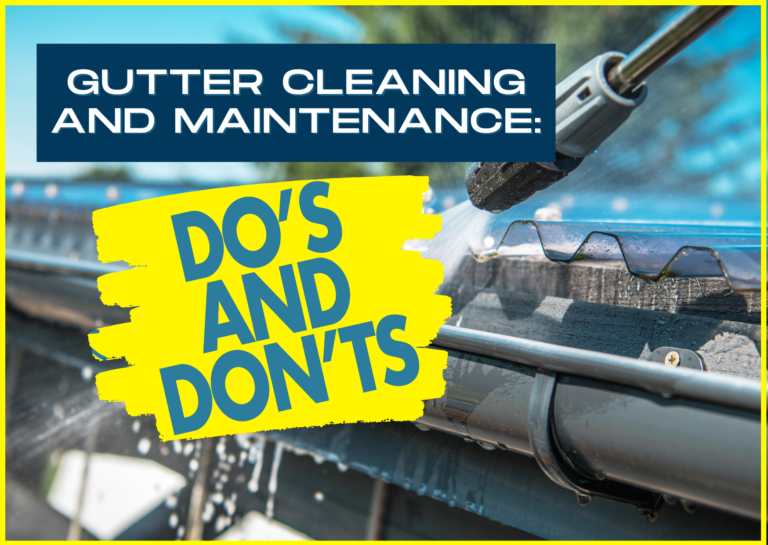Let’s first talk about factors that will influence your decision regarding gutter material. First, you must think about your budget for the entire project. Keep in mind that gutters aren’t simply a series of pipes along the roof and down the exterior wall. There are plenty of other parts that make up the water discharge system, which adds to the total cost of materials and labor.
Second, you should also consider the durability of the material concerning your budget. You will significantly pay more for copper gutters than for aluminum gutters due to their lifetime. If you’re aiming for the best value for your money, time-wise, you’re well-advised to invest in copper gutters.
Third, you have to factor in the aesthetics of the gutters and their related parts. Wood, for example, is more attractive due to its decorative nature, but it can be more expensive to install and maintain over time.
Wood
Redwood, cedar, cypress, and fir are the typical materials used for wood gutters. These are beautiful to look at with their decorative patterns but aren’t economical in installation and maintenance. The average cost of installation is between $4,000 and $5,000 for 200 linear feet of k-style cypress gutters.
Zinc
With their ability to resist rust, corrosion, weathering, even warping, zin rain gutters are popular in high-end and historic homes. Over time, their dull gray appearance transforms into an attractive matte gray (i.e., patina). But these are expensive to install – between $2,000 and $4,400 per 200 linear foot – and require professional installation. These are also incompatible with cedar-shingled roofs and homes in salty environments (e.g., near the ocean).
Steel
Galvanized steel gutters are highly popular because of their durability and affordability. These can take the weight of snow, leaves, and twigs, among other detritus, even remain intact after being hit by falling branches and ladders and last for 25 years or more. These cost between $1,600 and $2,000 per 200 linear foot, and it requires professional installation due to its weight.
Stainless steel gutters don’t rust as quickly as galvanized steel gutters and are sturdy against the weather. But this costs twice as much to install as galvanized steel, not to mention that these aren’t DIY-friendly.
Copper
With its high cost, copper is typically used in high-end homes where the owners can afford to shell out as much as $3,000 to $5,000 per 200 linear foot. But copper is extremely durable – it can last for more than 50 years since it isn’t affected by extreme heat and cold – and it won’t warp, rust, and rot over time. Plus, it doesn’t need painting since its shine transforms into a beautiful greenish patina.
Aluminum
Lightweight, weather-resistant, and rust-proof, aluminum is a cost-efficient choice. Aluminum gutters can last up to 20 years with proper care and available in numerous colors with the option for color customization and seamless models. These are also the most affordable at $400 to $600 per 200 linear foot for a DIY installation, twice the professional installation cost. But these aren’t as structurally durable as copper, steel, or zinc – bends and dents are all too common.
Vinyl
Easy to install due to their lightweight quality, resists corrosion and rust, and cheap price with a 200-linear foot vinyl gutter costing between $200 and $400 for a DIY installation; it’s $1,000 for a professional installation. These are the merits that attract many homeowners to vinyl gutters, particularly those who are DIY enthusiasts. But these are less durable than the other materials with a 10- or 15-year lifespan in less severe climate conditions, and these can crack under the pressure of detritus and ladders.
RELATED:
Are There Different Shapes For Gutters?
Downspout Issues And Repair


